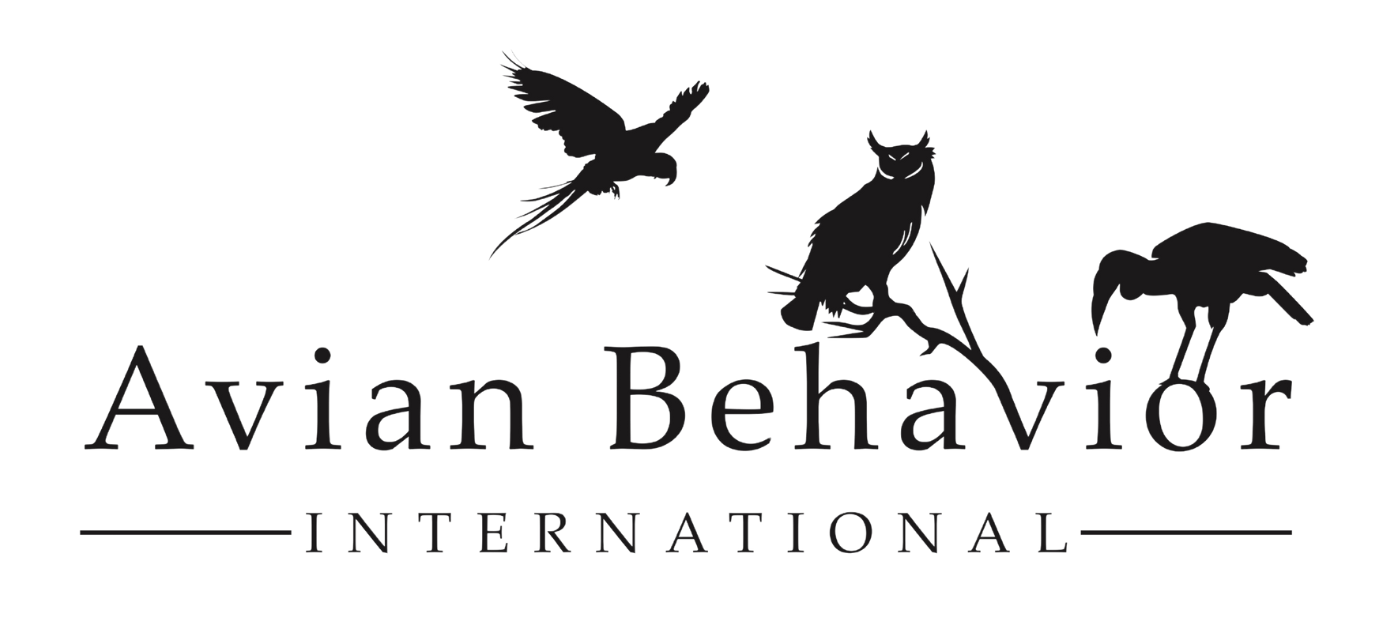04 Sep 20 Myths in Raptor Training
You know I love a good myth-buster series. At the risk of going down the road of talking about what people do wrong instead of how to do it right, we look at a few practices that circulate raptor training circles in both falconry and education ambassador training areas.
Our assumption begins with a foundation that the majority of people offer at advice with the best of intentions. Many times some of us might offer suggestions that work for us for reasons we don’t understand and with variables that aren’t known…. in this way, we aren’t always aware of the way that fallout issues can happen down the road as a direct result of the methods we employ today.
By putting these training “myths” under a microscope, we can better understand the nuances of behavior in that it is a function of its unique environmental variables, as well.
As Bernd Heinreich writes in One Man’s Owl, “Alertness in birds, as well as humans, correlated with daily cycles of body temperature. Our body temperature increases during the day and declines at night, as well as that of small diurnal perching birds. One might expect the opposite of an owl if it were truly nocturnal. Interestingly, though, the great horned owl shows the lowest (about 1° C lower) body temperature at night. Body temperature drops about 1° C at sunset and rises about 1° C at sunrise (Siegfried, Abraham and Kuechle).
Get exclusive bonus content and help support the production of the Avian Behavior Podcast by becoming a Patreon for a little as $5/month!
Click here for more information on becoming a patron!
Need online animal behavior support at your fingertips? Bird training is complex. The Avian Behavior Lab makes it easy.
Click here to try out the Avian Behavior Lab for FREE with the coupon code “AVIAN”
Get the most out of your training sessions and fix your bird behavior problems once and for all with the Fundamentals of Behavior Workbook!
Click here to grab our free Fundamentals of Behavior workbook!

